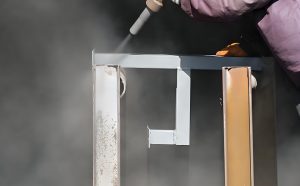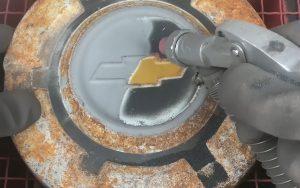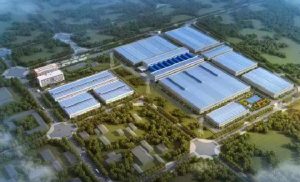Home / News & Blog / Abrasive Blog / What does brown fused alumina sandblasting do to metal?
Brown fused alumina (BFA) sandblasting is commonly used in metalworking to clean, prepare, or finish metal surfaces. When brown fused alumina is used in sandblasting, it can perform several key functions depending on the specific application. Here’s what it does to metal:


Brown fused alumina is an effective abrasive for cleaning metal surfaces. It removes dirt, rust, oxidation, and other impurities. The hard, sharp particles of BFA break away contaminants, leaving the metal surface clean and ready for further processing. This is especially useful in industries like automotive repair, aerospace, and construction, where metal surfaces need to be spotless before painting, coating, or welding.
Before applying coatings or paints, metal surfaces need to be properly prepared to ensure good adhesion. Brown fused alumina sandblasting creates a rough, textured surface by stripping off old coatings, rust, or oxidation. The rough texture increases the surface area, allowing paints, coatings, or other finishes to adhere more effectively to the metal. This improves the durability and longevity of the final finish.
In some cases, brown fused alumina is used to remove burrs (small, sharp edges) left on metal parts during manufacturing processes like cutting or machining. The abrasive action of the sandblasting process helps to smooth and polish the edges, improving the aesthetic quality of the metal and preventing potential damage from rough edges during handling or operation.
Brown fused alumina can be used to etch or profile the surface of metals, which is especially important in industries like electronics or semiconductor manufacturing. By blasting metal with fine BFA particles, manufacturers can achieve precise and controlled surface finishes that are critical for the performance of metal components in sensitive applications.
In some industrial applications, particularly in the steel industry, brown fused alumina sandblasting is used to remove scale (oxidized layers) from metal surfaces after high-heat processes like forging or casting. Sandblasting with BFA is an effective way to remove the scale without damaging the underlying metal, preparing the surface for further processing like coating or welding.
In some advanced metalworking processes, BFA sandblasting can be used to improve the fatigue resistance of metal parts. By creating a uniform, textured surface, the sandblasting process can relieve internal stresses in the metal and prevent cracks from forming, increasing the part’s overall lifespan.
For certain applications, especially in the decorative metalworking industry, brown fused alumina is used for achieving a specific aesthetic finish. The sandblasting process can create a matte or satin surface, adding texture and an attractive appearance to metal parts, which is especially desirable in industries like jewelry, art metalwork, and architectural metal design.
Brown fused alumina sandblasting is a versatile and essential process for metal surface treatment. Whether it’s used for cleaning, preparing, finishing, or enhancing the properties of metal, BFA provides a highly effective solution for industries ranging from aerospace to automotive. Its ability to clean, roughen, or smooth surfaces makes it a go-to abrasive for a wide range of metalworking applications.
